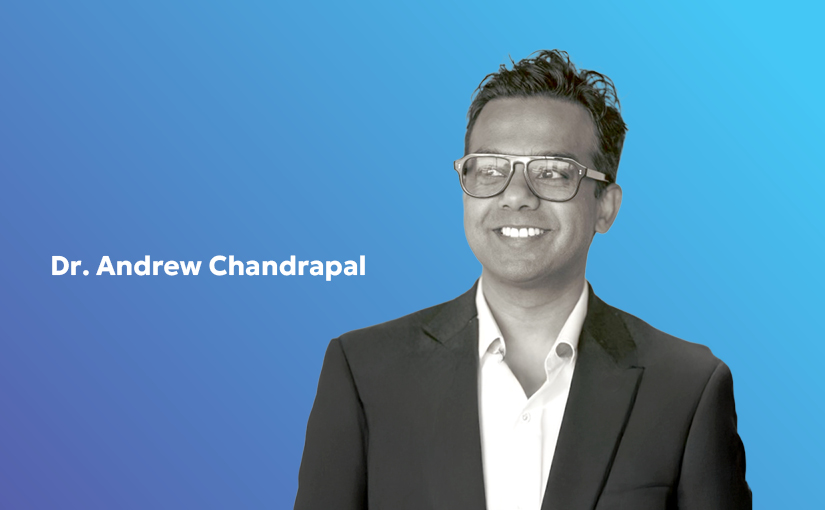
The Way to Tissue-Friendly Extractions – My Experience of Tooth Luxation
Presented by Dr. Manouchehr Kiaei
A fresh look at extractions is important to every dental professional. Bringing bone preservation into focus, implantology has changed the way we perform exodontia. There are many systems in place to make minimally invasive extractions possible. Luxation is a well-established, predictable and easy to learn technique that should become part of your daily practice.
The modern outlook on dentistry is towards minimally invasive and patient-friendly techniques. Two hundred years or more ago, exodontia was almost the only form of dentistry performed. Far too many teeth were extracted where it could be avoided. Extractions were performed mainly by applying brutal force – resulting in expanding or fracturing the bony socket and shearing off the fibers in the periodontal ligament space.
Nowadays careful consideration is taken before a tooth is extracted, but although less and less extractions are performed, they will always be part of the daily dental care. Different instruments and techniques are available to make the process more patient friendly and less brutal, but exodontia is always traumatic for the patient and stressful for the dental professional..
Tooth luxation was developed in Sweden in the early ’80 and is a well-documented, worldwide embraced technique that works in experienced and less experienced hands. It enables less traumatic extractions by incising the periodontal ligament and expanding the bony socket. The latest Luxator instruments are thinner, sharper and more sophisticated than ever, allowing for precise and mini-invasive procedures in all situations, from easier cases to difficult apex root extractions.
The lecturer shares his best tips and tricks on luxation. The focus is on showing what to use, when and how to use according to the situation in a clear and repeatable way. This webinar is suitable for a dentist that would like to learn correct luxation and for the more experienced professional that would like to refine his technique and learn about the newest devices available.



